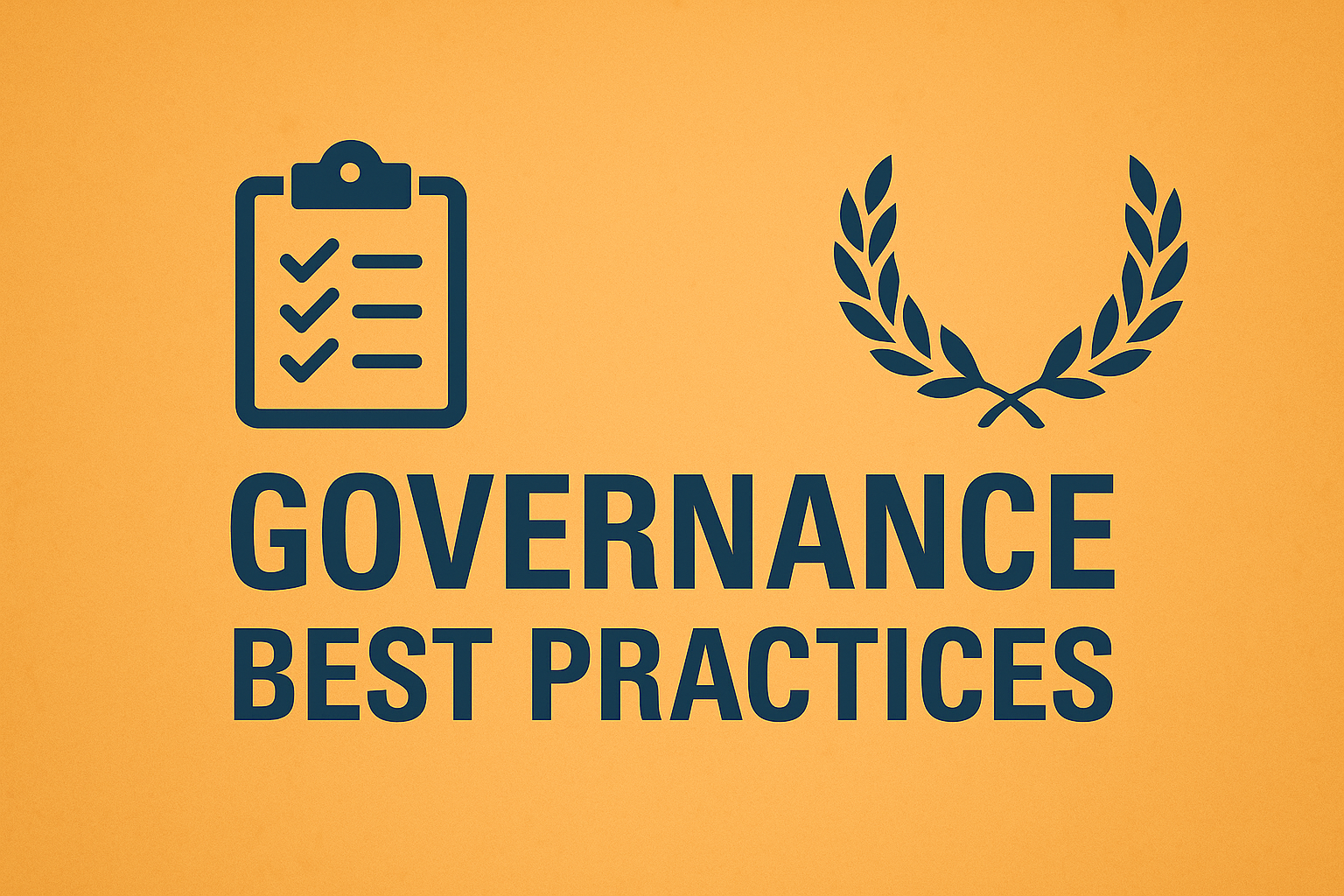People today are looking for more meaningful work experiences, and one of the best ways to keep employees and draw in new ones is to make sure everyone has a personal mission that aligns with the company’s.
In early 2021, experts predicted the “Great Resignation” was coming. After hitting record highs of 4.4 million resignations in September 2021, the wave of people leaving their jobs has since shown little sign of slowing down. That rate maintained near stability through January 2022, when another 4.3 million people quit.
From inflexible working conditions to COVID-19 burnout, resignation has swept America, and even C-level executives are walking away from their roles. For some, the pandemic gave them a taste of remote work and they realized how much they missed their family or were missed by them. Some were unhappy in their position and are now considering other ventures. Many businesses struggled, and the people sustaining them might have just wanted their lives back.
But rather than giving up on work, data suggests most of these people are quitting to transfer to other jobs. Companies posted 11.3 million job openings in January, a strong job market that gives people the confidence to leave one position for a more attractive offer. To retain and/or attract top talent for your company and its board, know what makes people leave and the opportunities drawing them away, and use that information to inform your retention and recruitment strategies.
THE REASONS FOR RESIGNATION
With so much going on over the past few years, people are looking for a break. In one 2021 Evanta survey, executives cited added pandemic stress or resulting life changes as one of the most common causes (67%) of employee turnover. Many sought out new jobs in the same field, with 68% leaving to work for the competition. More than half claimed high workloads, a lack of resources, and overall burnout were to blame for employee resignations, with 17% who were unhappy taking on more work than their original role. Employers in these situations should consider if the people who left got more work and more pay, or just more work, and resolve any discrepancy moving forward, especially if it currently exists with other employees.
High labor demand and competition for workers pushed employers to raise wages, but now higher pay is luring even more people away from their current jobs while a strong labor market encourages them. In the Evanta survey, executives claimed 50% of people left for more compensation or benefits. Some people worked from home and liked it, and even as offices opened back up, they still wanted hybrid options. The survey also found one in five people leaving their jobs for more flexibility, but on the flip side, they found more employees stuck in extended remote work situations who felt a lack of connection and wanted to go back to an office culture (29%). One way or the other, some form of hybrid work is yet another transition leaders will now have to be willing to make and navigate.
HOW TO RETAIN AND RECRUIT AMID MASS RESIGNATION
Someone has to fill those 11.3 million available positions to keep businesses open, and while employers may want the best person for the job, after months of a labor market favoring job seekers, many are going to great lengths just to fill positions. Of course, more money is a major force behind most resignations, but job seekers today are also motivated by health benefits, security, flexibility, and retirement incentives. The Evanta study also examined C-suite retention and recruitment strategies in the face of enduring resignations, and most executives (65%) planned to review their compensation and benefits, with 26% planning to offer sign-on bonuses to new recruits. With more flexibility increasingly becoming deal makers or breakers, 71% of executives also plan to adopt this strategy to engage and retain current employees, while 67% will use it to recruit new ones.
Pew research found many employees cited a lack of advancement opportunities as a major factor driving them to leave their current job, and nearly half of the Evanta respondents planned to examine promotion paths and rates to see if they need to be more actively promoting employees. Forty-one percent planned to offer opportunities for training and development, which can help keep top talent looking to grow in the company and draw in employees who are lifelong learners. Some executives (30%) planned to use data to determine specific at-risk positions, why those employees might be most likely to quit, and ways to mitigate that risk—but for most, managing attrition has become a top priority.
GET EVERYONE ALIGNED
People today are looking for more meaningful work experiences, and one of the best ways to keep employees and draw in new ones is to make sure everyone has a personal mission that aligns with the company’s. Share the company mission at every opportunity. Encourage feedback and update it as needed over time. Promoting your company mission and vision during both onboarding and in regular employee communications can have a huge influence on building company culture, which some job seekers value more than salary. In fact, one of the top recruitment strategies Evanta executives planned to emphasize was company culture and employee engagement (66%) by creating a place where employees want to work.
As the Great Resignation stretches on, c-suite leaders bear the burden of navigating this chaotic workforce landscape. At the same time, all of us, from top to bottom, are balancing new priorities and views on work, which have also changed since COVID. With creative approaches to flexibility, benefits, and culture, and a clear sense of their own mission to align everyone else around it, executives have a better chance of retaining good employees and filling empty roles with the right people.









